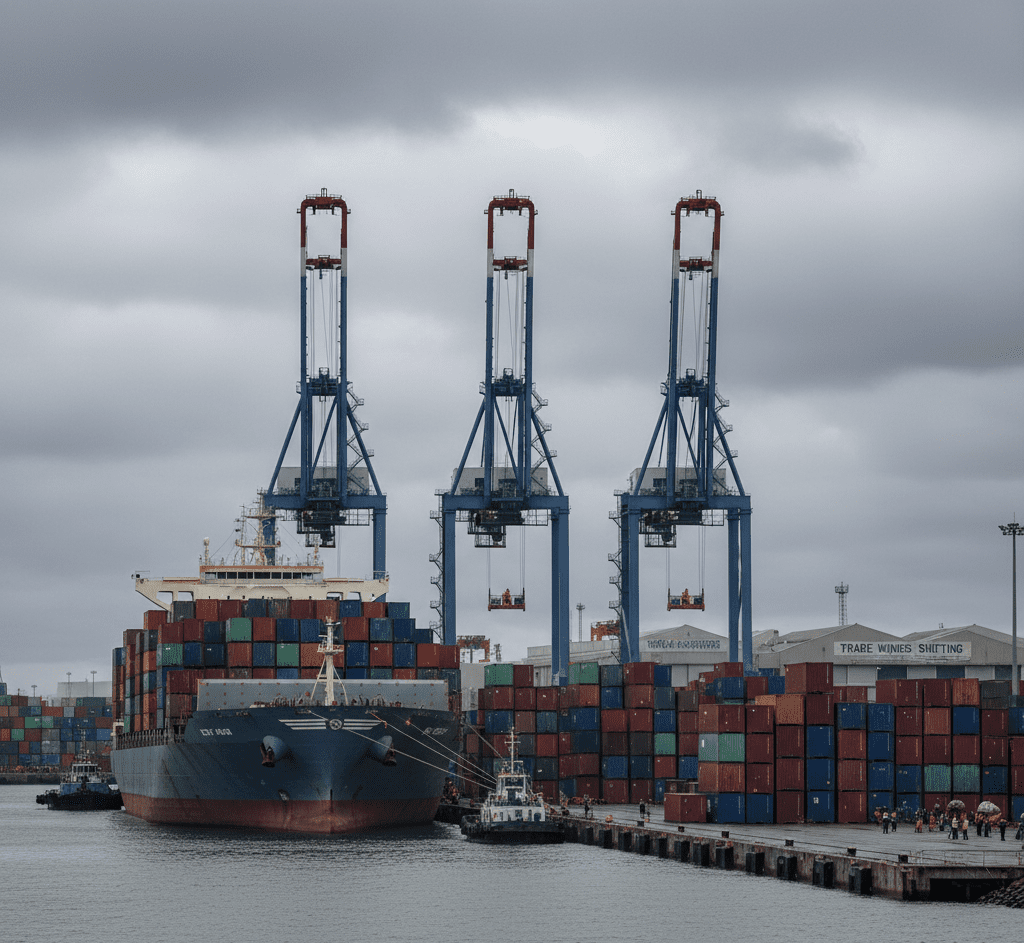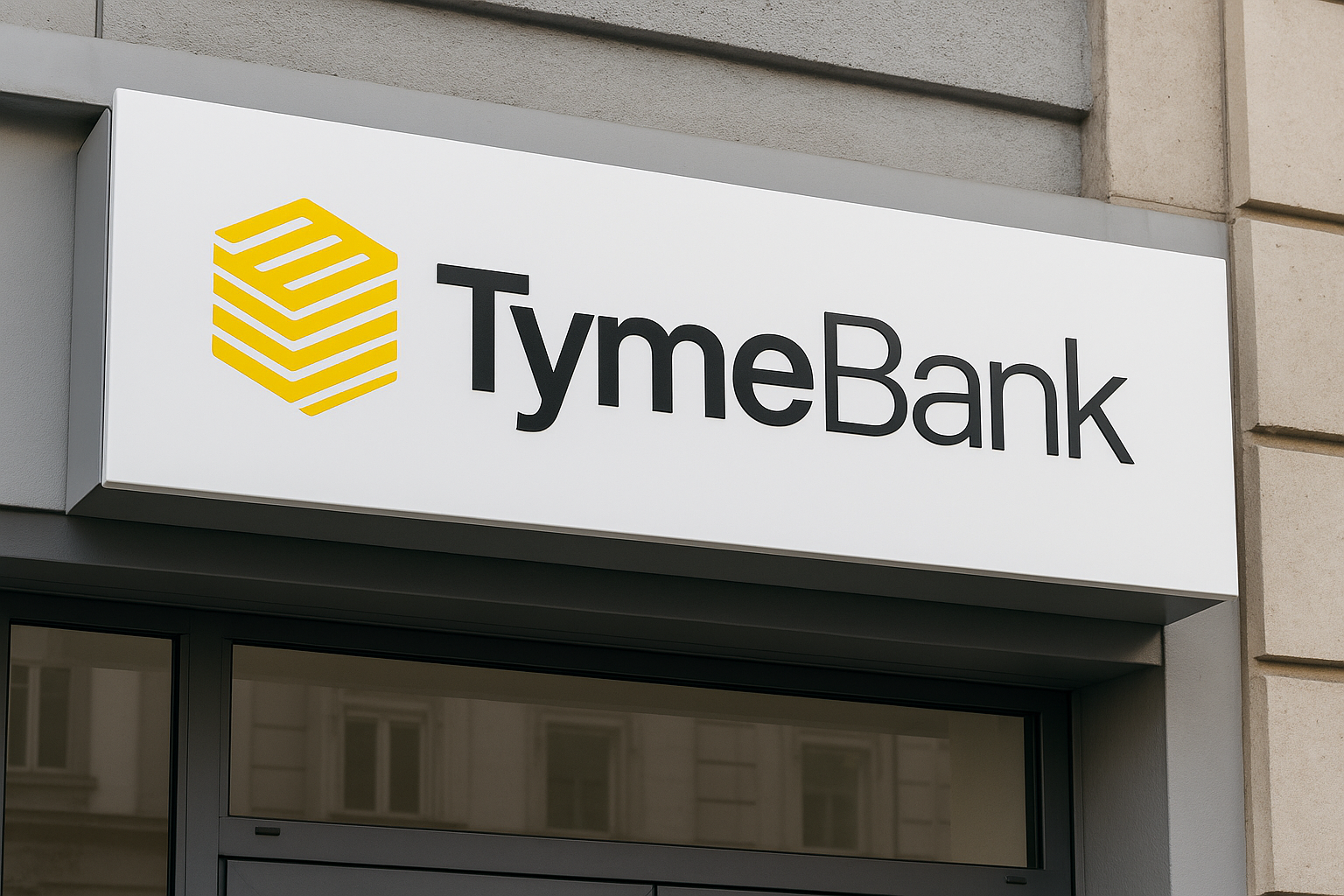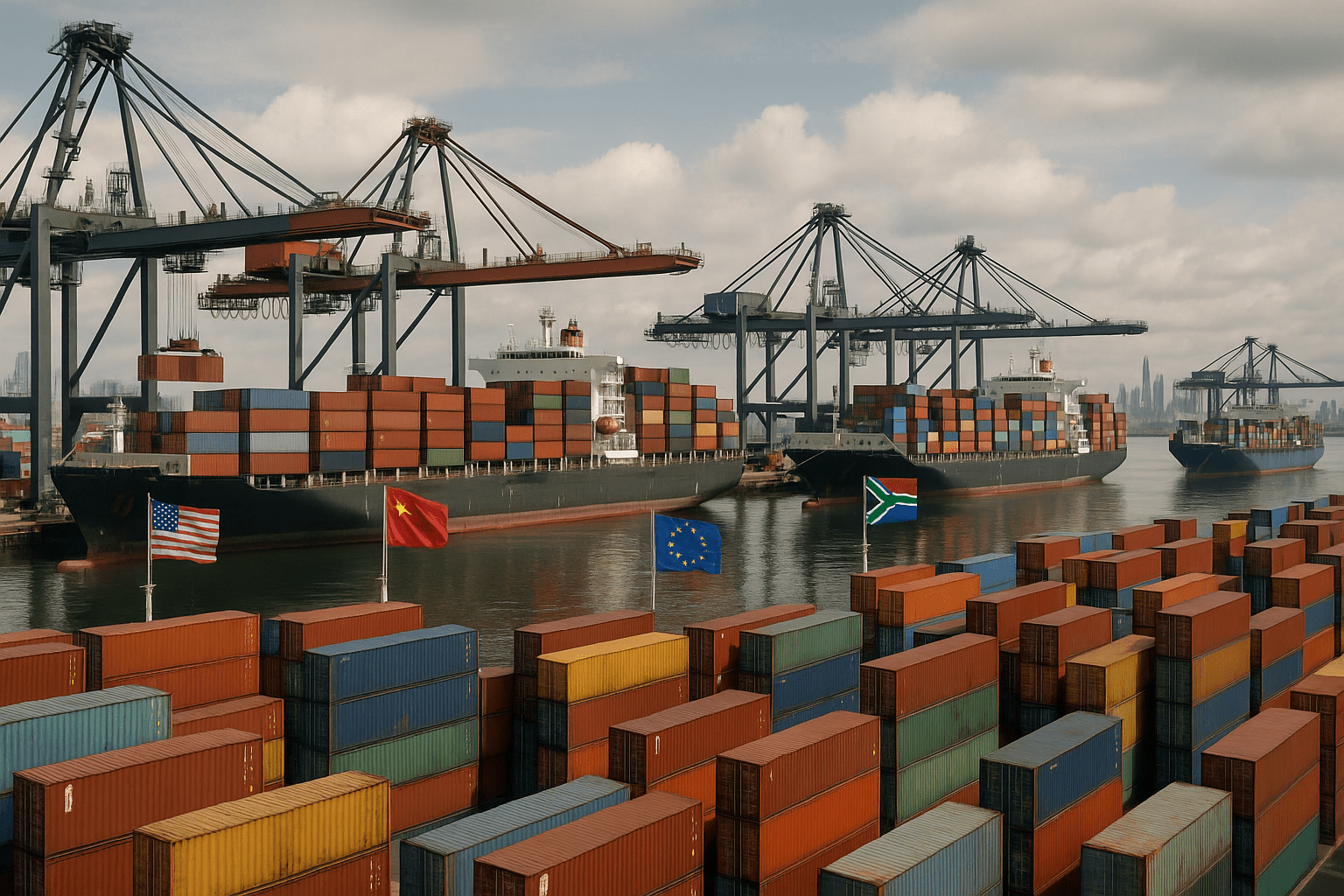The Black Middle Class Is Shrinking — What That Means for SA’s Future Economy

The Black Middle Class Is Shrinking — What That Means for SA’s Future Economy
South Africa’s economic future is intrinsically linked to the stability and growth of its middle class. However, the nation’s black middle class — households earning between approximately R200,000 and R350,000 annually — is facing increasing strain. This demographic, which once symbolised post-apartheid upward mobility and economic transformation, is now threatened by a confluence of inflation, stagnant wages, and escalating debt. The consequences extend far beyond individual households; they pose a profound challenge to the core of South Africa’s consumer-driven economy.
Household Income Trends: Inflation Outpaces Real Earnings
According to Stats SA’s comprehensive 2022/23 Income and Expenditure Survey, the average annual household income in South Africa rose from R74,500 in 2006 to R204,359 in 2023. On paper, this might suggest significant progress. However, when these figures are critically adjusted for persistent inflation and the relentlessly rising cost of living, the reality is stark: many black middle-income families are finding themselves no better off, and often worse off, than they were a decade ago.
The data reveals that while nominal total income increased, the real purchasing power of that income has actually declined. Households are now compelled to allocate a significantly larger share of their hard-earned money to absolute essentials, such as food, electricity, and transport. This leaves substantially less for critical long-term activities like saving, investing in future growth, or achieving genuine upward mobility.
A R3 Trillion Consumer Economy, Built on Fragile Ground
South African households collectively spent nearly R3 trillion in consumption between November 2022 and November 2023, as reported by Stats SA. Middle-income households are the primary engine driving much of this spending, channeling vital funds into the retail sector, service industries, private education, and housing markets. Yet, this crucial economic engine is showing clear signs of misfiring.
A concerning reality is that housing, transport, food, and utilities alone account for over 75% of average household spending. This leaves alarmingly little disposable income for discretionary purchases or wealth-building. While this high consumption of essentials does support short-term economic activity, it simultaneously undermines long-term financial stability and renders these households exceptionally vulnerable to economic shocks. When inflation surges or interest rates rise, these middle-income families are disproportionately the first to feel the intense squeeze, leading them to cut back on non-essential spending and defer crucial asset-building investments.
Debt: A Pervasive Crisis Undermining Stability
A particularly acute pressure point for the shrinking black middle class is the escalating burden of debt. According to the South African Reserve Bank (SARB) and National Treasury data, the household debt-to-income ratio in South Africa, while easing slightly to around 62% in Q4 2024, has been a significant long-term concern, rising from 50% in 2003 to peaks of over 76% by 2022. More concerningly, recent FinMark Trust data (May 2025) highlights that approximately 12 million South African adults are over-indebted, with a staggering 75% using credit to cover basic essentials like food.
Stats SA’s findings further confirm that South Africans are increasingly reliant on often high-interest unsecured loans and revolving credit to cover their everyday living costs. For middle-income earners, particularly those who carry the “black tax” burden of supporting extended families, this reliance means they can fall behind on repayments with alarming speed when salaries stagnate or unexpected expenses arise. The series of interest rate hikes in 2023 exacerbated this situation, drastically increasing monthly debt repayments and further reducing already limited household financial flexibility. When credit lines are maxed out, even minor economic fluctuations can quickly spiral into severe personal and household crises.
The Disappearing Economic Buffer Zone
Stats SA’s latest median expenditure data reveals that the typical (median) South African household spends around R82,861 per year, substantially less than the average (mean) of R143,691. This pronounced discrepancy powerfully highlights South Africa’s deep-seated income inequality: a small, wealthier portion of the population skews national averages upward, while the vast majority of families continue to live precariously close to the financial edge.
Historically, a robust middle class has served as a crucial “buffer zone” in societies—preventing extreme polarisation between the affluent and the impoverished. As this vital buffer erodes in South Africa, the nation faces intensified economic insecurity across a broader swathe of its population. Should more middle-income households slip downwards, the country could experience a significant weakening of domestic demand, increased social instability, and a potential reversal of hard-won post-apartheid economic and social gains.
Implications for South Africa’s Economic Future
The black middle class is unequivocally central to South Africa’s ongoing economic transformation and long-term prosperity. Their collective spending powers Small and Medium Enterprises (SMEs), their tax contributions fund essential public services, and their aspirations for upward mobility fuel innovation, entrepreneurship, and investment in education. When this pivotal group declines, the entire economy becomes inherently more fragile and less resilient.
A weakened middle class also translates directly into reduced home ownership rates, diminished private investment in quality education for the next generation, and increased pressure on already overstretched public health and housing sectors. This concerning scenario directly risks undoing the modest but significant socio-economic gains achieved since the advent of democracy.
Furthermore, a shrinking middle class poses a significant challenge for policymakers. Middle-income households traditionally form the backbone of civic institutions, drive democratic participation, and often provide a crucial voice for moderation and stability. Their decline could regrettably lead to heightened political volatility, reduced civic engagement, and a growing sense of disillusionment with the state and democratic processes.
Urgent Interventions: Stabilising SA’s Middle Class
To effectively arrest this alarming trend and safeguard South Africa’s economic future, targeted and collaborative interventions are urgently needed. Government, financial institutions, and the broader private sector must work in concert on several fronts:
- Financial Prudence: Implement and enforce stricter, more responsible lending criteria to mitigate over-indebtedness among households.
- Affordable Housing: Expand access to genuinely affordable and, where necessary, subsidised housing initiatives to reduce the crushing burden of housing costs.
- SME Support: Vigorously support black-owned small and medium enterprises, as these are critical engines for sustainable job creation and income generation.
- Debt Relief Mechanisms: Explore and offer short-term debt relief programmes or temporary payment holidays, especially when linked to significant economic shocks or interest rate fluctuations.
- Financial Literacy: Greatly enhance and widely disseminate financial literacy campaigns, focusing on practical budgeting, responsible credit usage, and strategic long-term investment.
In the longer term, South Africa must commit to sustained investment in high-quality education and demand-driven vocational training. This is essential for significantly increasing the income-generating potential of its workforce. Boosting productivity, particularly in underdeveloped provinces and sectors, is fundamental to building a truly resilient and expansive middle class that can underpin national prosperity.
The Warning Signs Are Here: A Call to Action
The latest government data and economic indicators paint a clear, unambiguous picture: the black middle class in South Africa is shrinking, and concurrently, the nation’s economic and social stability is under severe threat. Without urgent, coordinated reforms and targeted relief, countless families face downward mobility, which risks wiping out years of hard-won progress.
South Africa cannot afford to let this vital group dwindle. Stabilising, protecting, and actively expanding the middle class must become an unequivocal economic priority. This isn’t merely about safeguarding individual consumers; it is about securing the very foundation and future prosperity of the nation.




